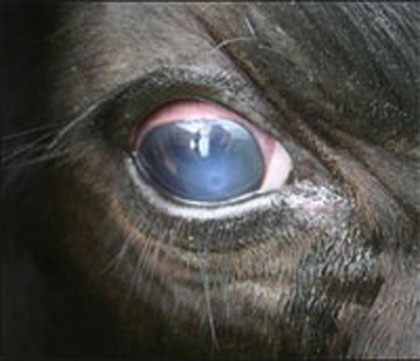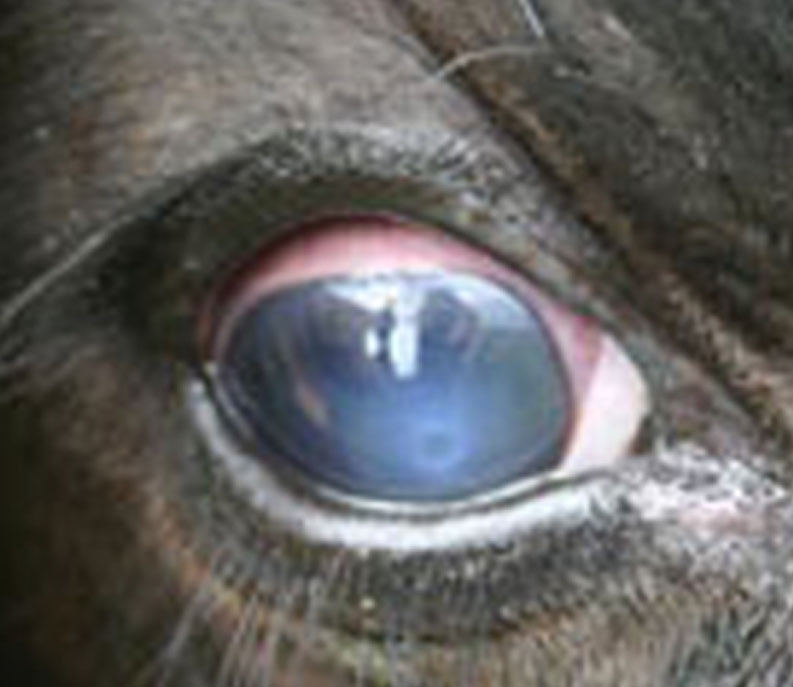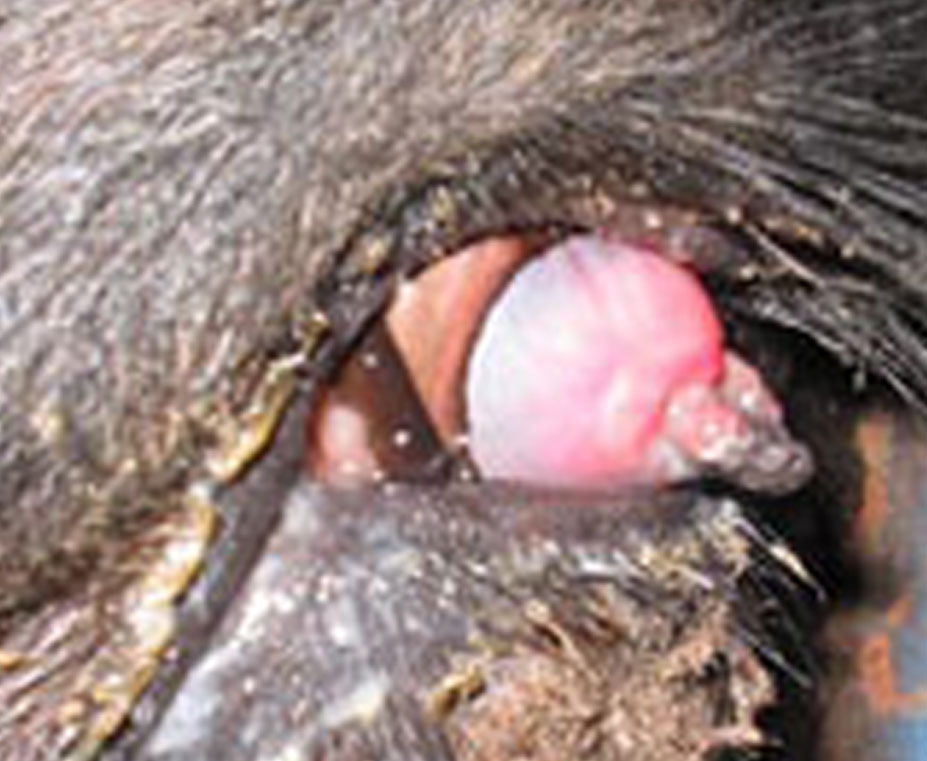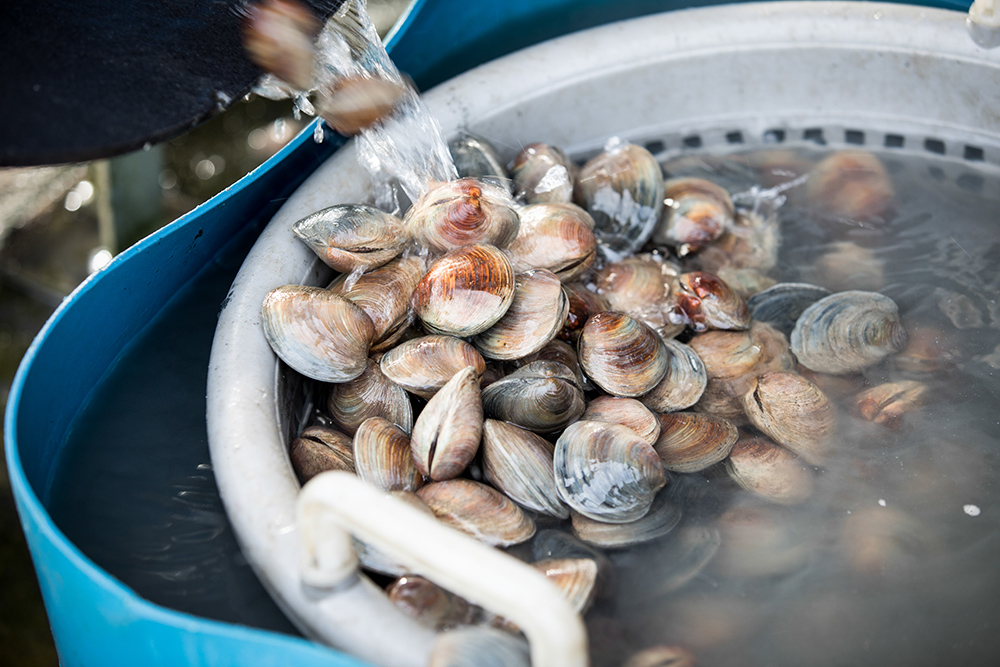Back to school means more potential outbreaks for pink eye, a bacterial disease also called conjunctivitis. Thanks to increased rainfall this summer, pinkeye is also affecting the cattle industry.
There may not be an “epidemic” of pinkeye in area cattle but the bacterial disease still presents a major concern for cattlemen. It’s an issue that consumed Jacob Segers during his first month on the job as University of Georgia Cooperative Extension’s new beef cattle specialist in Tifton. Segers joined UGA on July 1.
Pinkeye is the redness and swelling of the conjunctiva, the mucous membrane that lines the eyelid and eye surface. The lining of the eye is usually clear but if irritation or infection occurs, the lining becomes red and swollen.
“It’s a condition that’s always prevalent in cattle. Every time that you have years that are really wet, you have issues with disease, in plants as well as in livestock,” Segers said.
Pinkeye is an infection that is a function of irritation in the eye, he said.
“Years like this when we have a lot of rain and grasses are growing really fast, (cows) stick their head down in the grass to eat and the stems and leaves irritate the eye. The next time they stick their head down to eat, they spread the infection and it can go through the entire herd,” Segers said.
Like human pinkeye, cattle pinkeye is highly contagious to other cattle. However, it is not transmissible to humans and does not pose a threat to beef consumers, Segers said.
Pinkeye is also spread through face flies that transmit the diseases on their legs from one animal to another.
Pinkeye can be treated with antibiotics, which Segers urges cattle farmers to do after consulting their veterinarian.
“If it goes untreated, it can cause the eyeball to rupture or cause actual blindness,” Segers said. “Usually a round of antibiotics will treat it. We have a vaccine for one strain, and there is another strain right now that we don’t have a commercial vaccine for.”
Farmers and ranchers are also encouraged to trim their pasture, increase stocking rates and maintain a healthy forage stand to better reduce the risk of disease.
For more information about how UGA Extension is helping farmers cope with Georgia’s wet summer, visit georgiafaces.caes.uga.edu.









